 The History of Dog Grooming
The History of Dog Grooming
Humans have always been fond of their animals. There is no record of the exact origin of dog grooming, but there are many references that shed a little light on its history.
Early
1600's
Humble Beginnings
According to most sources, the first dogs to be groomed were Curly-Coated Retrievers. However, most pets have always lived comfortable in the castles of royalty. During the Elizabethan era, some of the earliest historical evidence of dog grooming can be found. While the method of grooming is unclear, the pets pictured in historical paintings and lithographs depicts the pets are clean and well-maintained. Women would typically be depicted shearing dogs.
1600's
Practical Application
While grooming is a competitive practice in which both the groomer and dog owner take pride in today, it began as a very practical regime for the general public. It was not competitive, nor business-oriented. The first dogs to be groomed were Curly-Coated Retrievers. These dense-coated water dogs were popular hunting dogs and probably the ancestors of our poodle today.
Gervase Markham, author of Hunger’s Prevention, or the Art of Fowling, describes how the dogs were used and trained in the 1620s. Their thick coats restricted their swimming ability, so hunters began clipping their coats shorter. It was standard to shave the dog’s hindquarters, leaving only small bits of hair to cover the joints and provide warmth. The coat was left long everywhere else to provide warmth and allow the dog to float better. Lastly, the hair on the head was tied up in a bright ribbon to enhance the dogs' vision.
1700's
Evolution into Style
Eventually, grooming evolved from practical to stylish thanks to the French. Poodles were primped and clipped into elaborate styles and patterns by French groomers. Groomers displayed their skills in Paris streets and along the banks of the Seine during the reign of Louis XVI (1774-92). The Poodles’ outrageous patterns were very popular among the French public.
The popularity of grooming spread from the poodle to many other dog lovers. Many books in the late 1800’s arose giving general dog bathing advice and techniques to a well-kept appearance. House Dogs and Sporting Dogs by John Meyrick (1861), The Book of Dog by Vero Shaw (1879) and The American Book of the Dog by G.O. Shields (1891) were all written during this time.
1800's
Royal Pooches
Many royal pups donned the same opulent fashions as their wealthy owners. For a fee, dogs would be bathed and soaked in sulfur water to kill flees. During this time, many dogs were designed after women’s popular hairstyles. The Corded Poodle was inspired by the cascade of coiled hair first worn by the wife of Emperor Napoleon III, Princess Eugénie in the 1890s.
Many old-school sportsmen griped that their classic working breeds were being compromised by up and coming fashions. Like men usually do, they complained. “Some owners tie the hair atop of the Poodle’s head with a ribbon and send him out like a little girl going to a party,” cried Ernest Baynes at the beginning of the century.
1900's
Effect of American Culture
During the Roaring Twenties, women and dogs both experienced a fashion transformation, wearing their hair in perking bobs. The spirit of rebellion liberated many young women, who began adopting larger dogs such as Newfoundlands and German Shepherds in favor of the previously popular lapdog. These dogs were also adorned with the latest “feminine” fashions.
Blanche Saunders, dog trainer and breeder, is credited with popularizing dog breeding in the US. She worked to popularize Poodle grooming and wrote a booklet called “The Poodle Chart” believed to be published sometime in the 1940s.
During the 1960s, Poodles were dressed like their “flower children” masters, adorned with daisies and sometimes even dyed psychedelic colors. For the first time, mutts, or dogs of mixed ancestry, became popular. The coats were left long and natural.
Today
Dog Grooming Today
Today, grooming is a sophisticated and growing profession. Grooming your animal has become a legitimate way of expressing affection for your loving dog companion. There are an estimated 25,000 groomers currently bathing, clipping, and styling the United State’s stylish pups. All dog breeds are studied profusely and styled precisely with the help of state-of-the-art equipment and resources. Groomers work in a variety of environments, such as private salons, pet stores, kennels, and veterinary clinics. Although grooming has changed significantly over the years, it remains both practical and fashionable to this day.

For more information on the history of Dog Grooming, check out the book From Problems to Profits by Madeline Bright, Ph.D.
